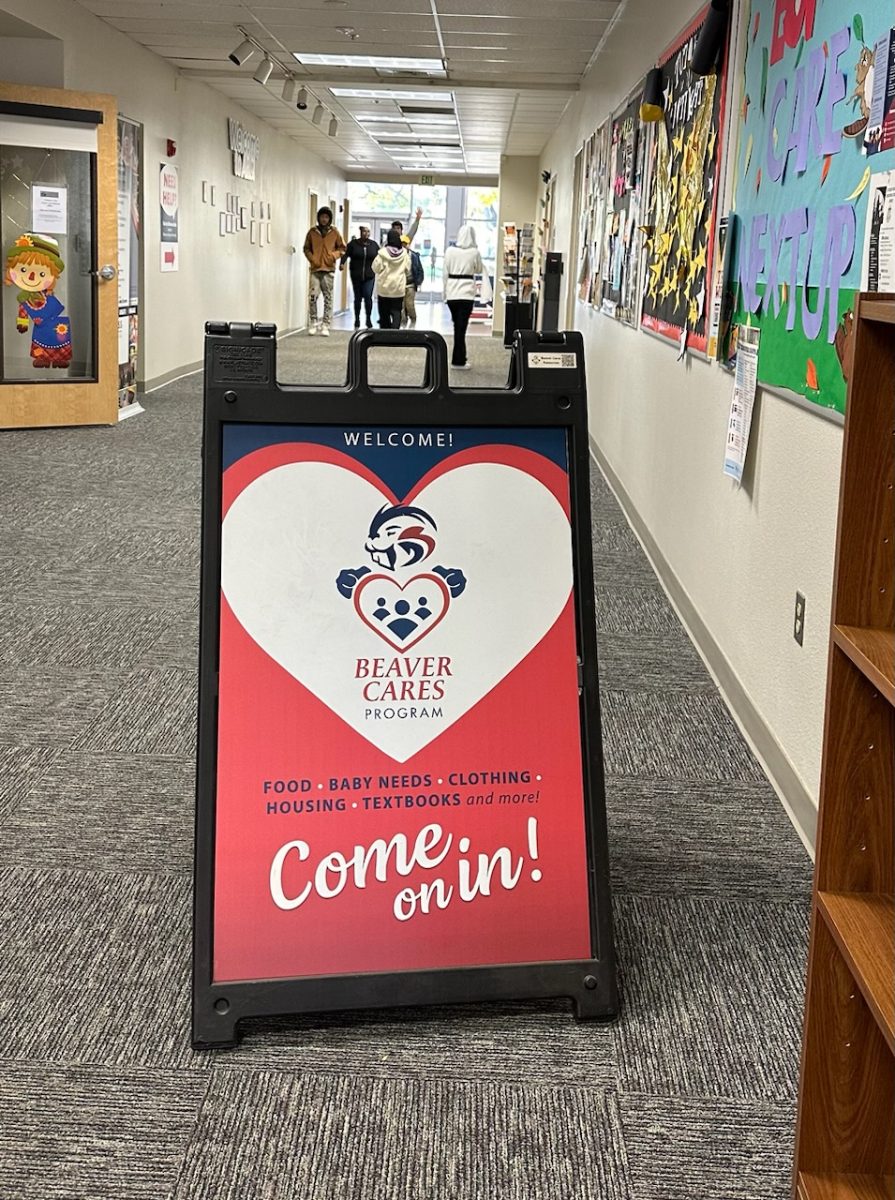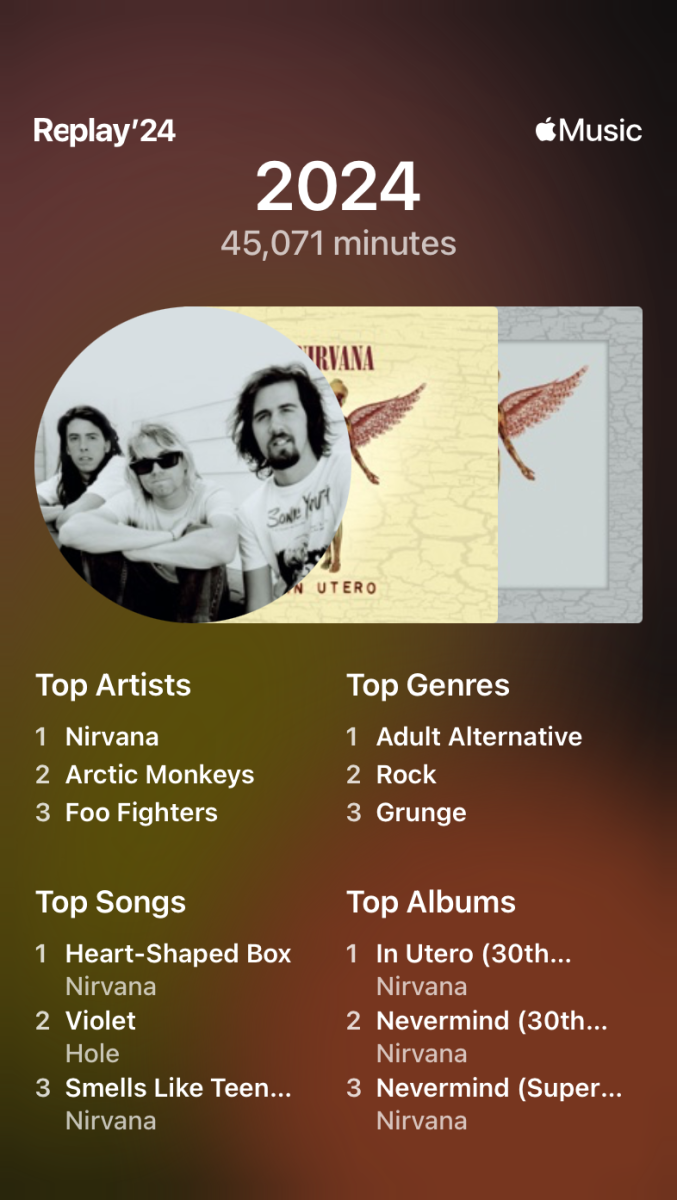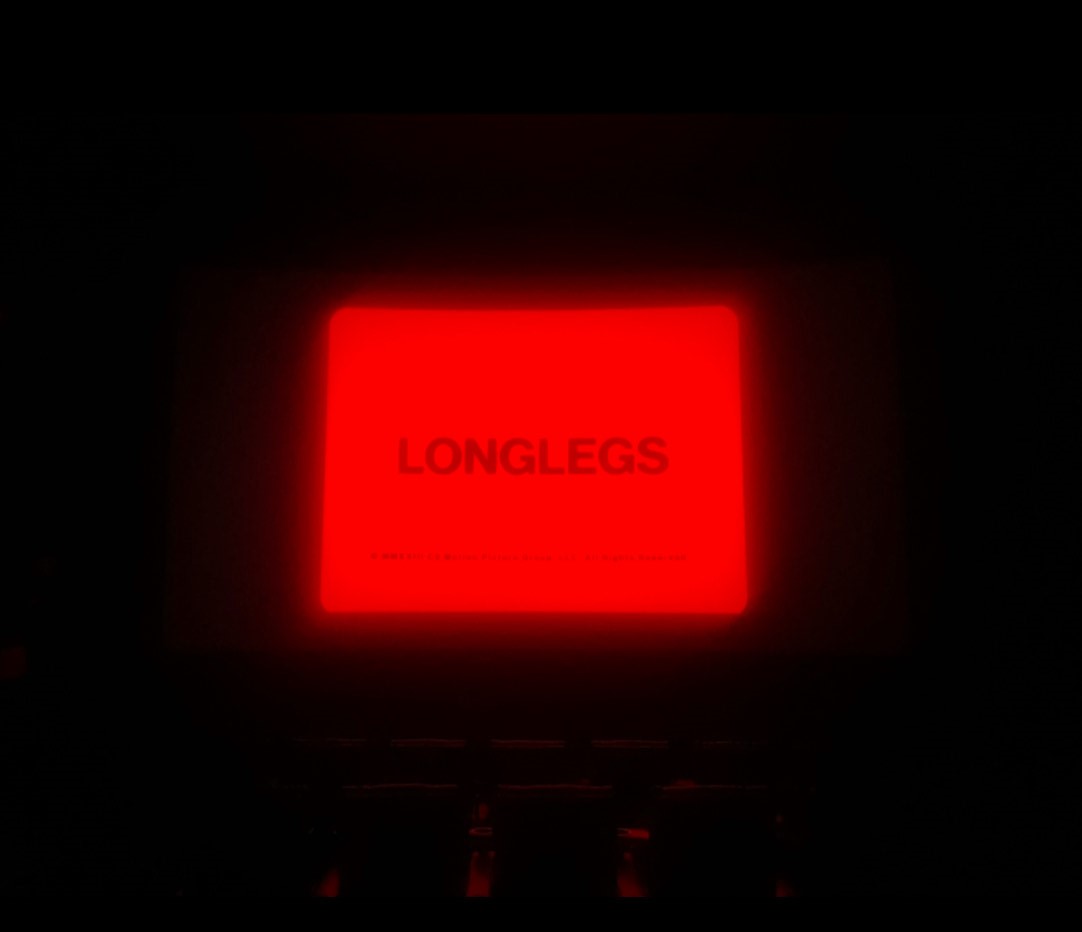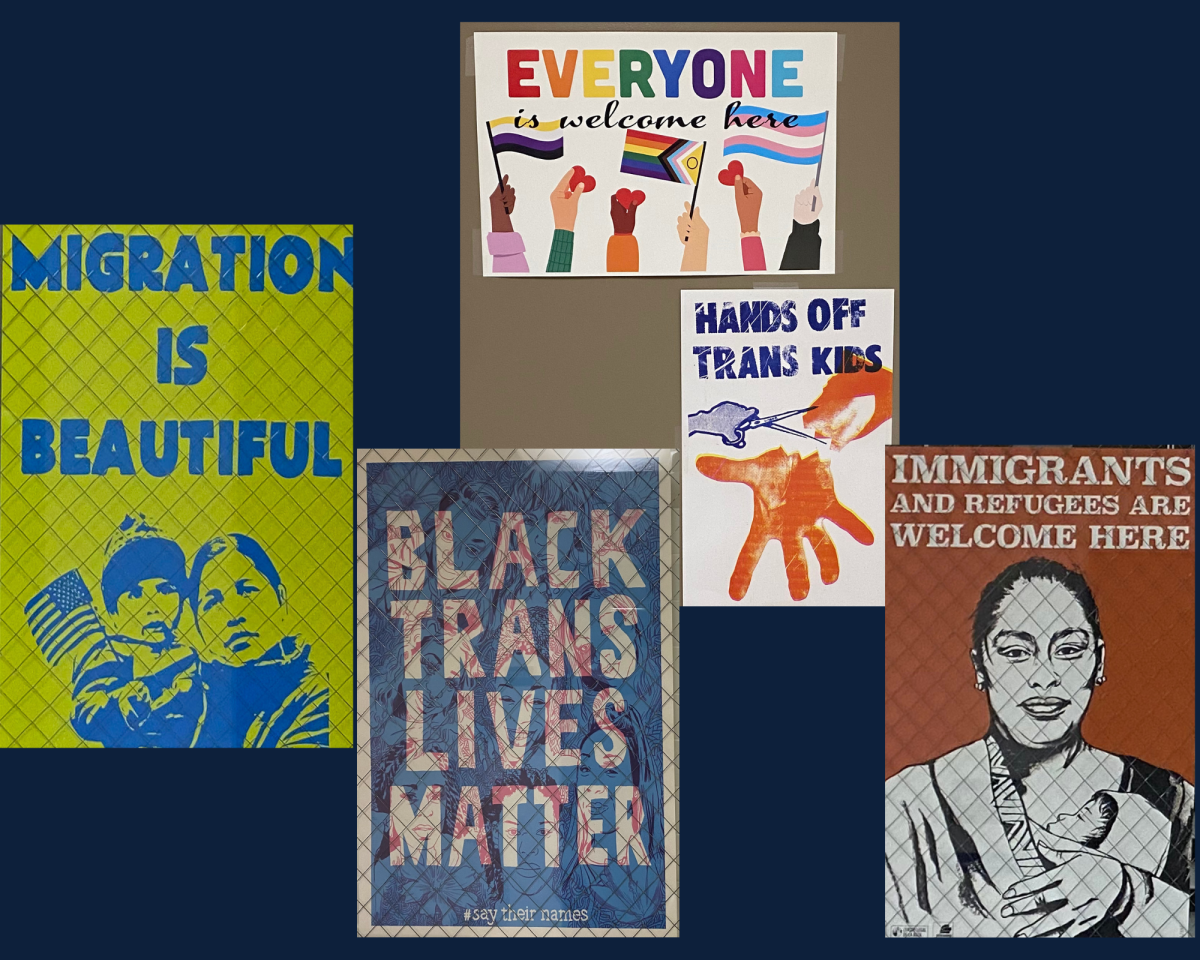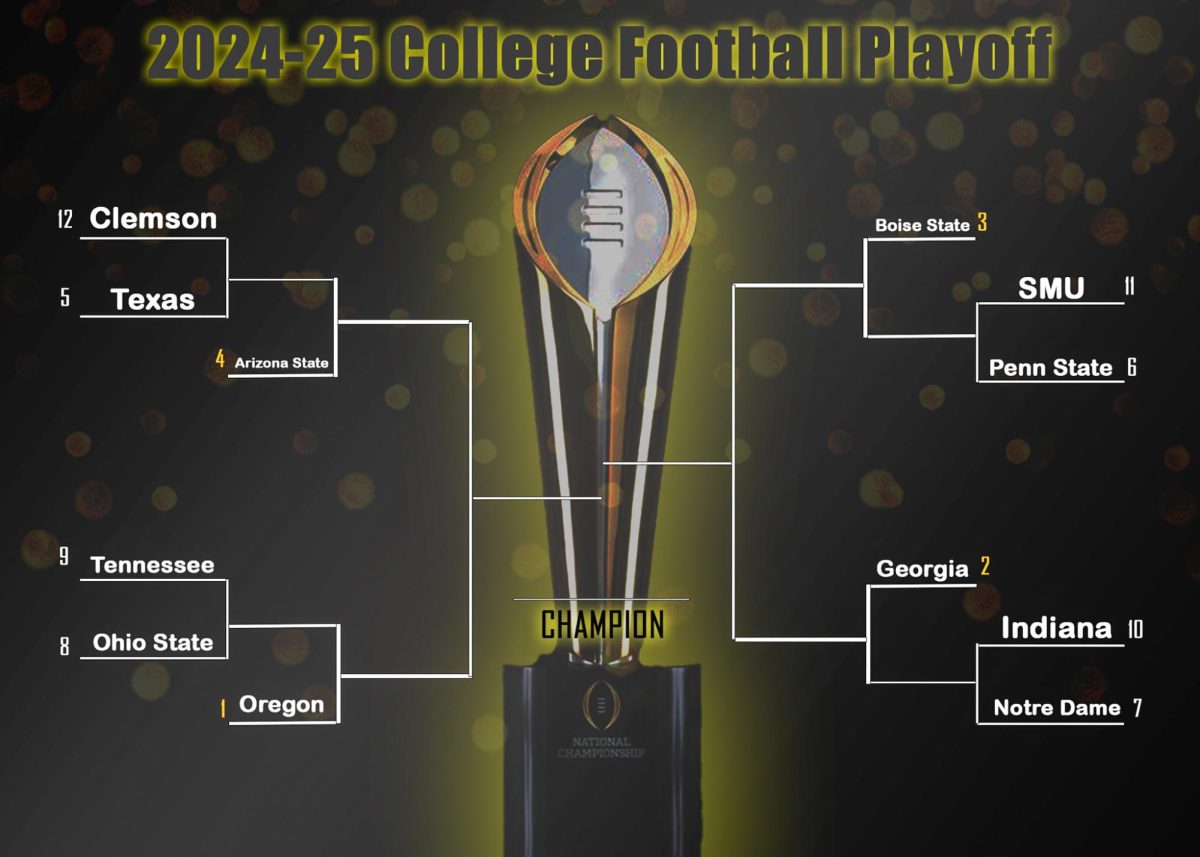We tend to want to look away from things that make us uncomfortable.
Sometimes, however, something is so uncomfortable that we not only need to look, we shouldn’t be warned or mince words.
American River College professor and theater director Sam Williams’ decision to provide a warning before the opening of the play “Blues for Mr. Charlie,” due to the fact that the N-word is used and harsh violence is represented, was the wrong decision.
Williams said he “dropped the ball” on not posting warning signs before the start of the play opening night. But did he? Or was the original intent of this play to shock and affect people enough to make them think?
“Blues for Mr. Charlie” is loosely based on the murder of Emmett Till. Till was an African-American fourteen-year-old who was brutally beaten and murdered in Mississippi in 1955 after allegedly whistling at a white woman.
The play was written by African-American playwright James Baldwin at the height of the civil rights movement.
The N-word is arguably the most offensive word in the English language, but it has a place in history. It is a reminder that the single biggest issue that has defined America’s history is race, bar none.
It is an offensive word; it is dehumanizing and wrong. Nobody knew that better than Baldwin, who dedicated the play to the families of Till and Medgar Evers, a civil rights activist who was assassinated in 1963, the year before the premiere of “Blues for Mr. Charlie.”
Williams knows all of this. He often picks plays that deal with issues of race and equality, such as Freedom, Hairspray and Domestic Crusaders. And he should be more eager to defend his artistic right to shock, and say that he needn’t apologize for continuing a conversation that will always be necessary in the United States.
Sometimes we need to be offended. We need to see things that are dehumanizing and wrong. We need to see it unadulterated and without filters, without warnings.
Only then can these things move from vulgar to affecting. Only then do these things make change
“Blues for Mr. Charlie” is the type of art that is meant to make people think, and that is something that doesn’t require a warning or an apology.







